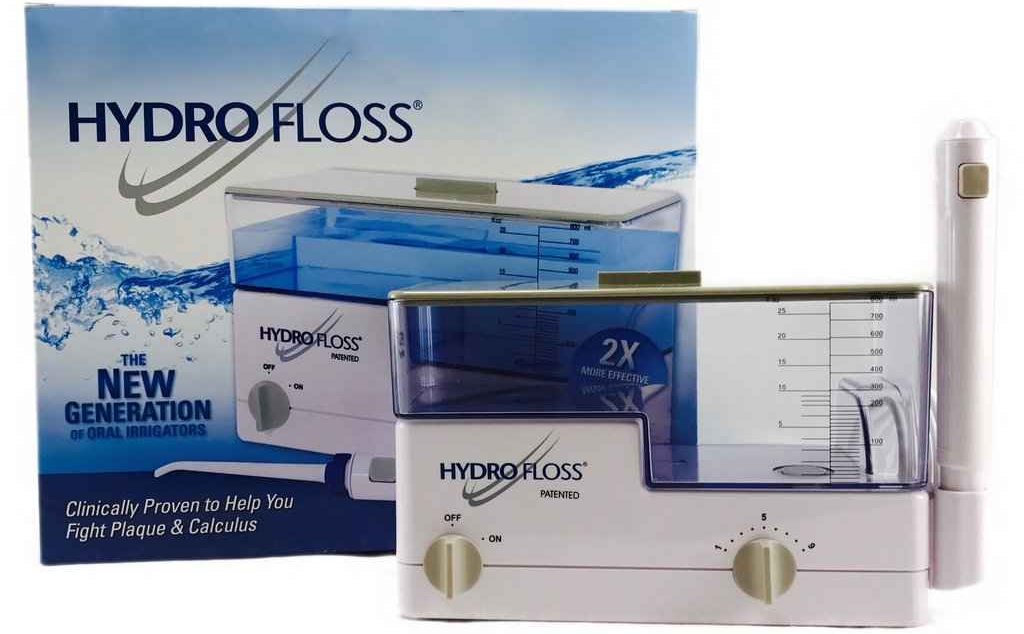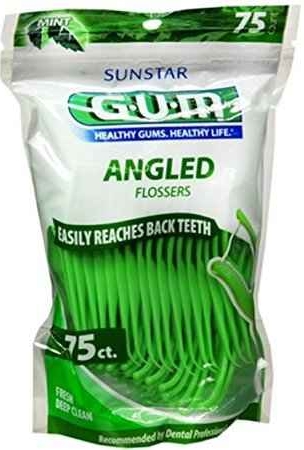FLOSS FAQ's
What Kind Of Floss Should I Use?
BURST
Johnson & Johnson waxed
Unwaxed
Coco Floss
GUM Expanding Floss
J & J REACH Woven floss (can shred and get caught if teeth are tightly together) or GUM Expanding floss
Grocery store brand
Dollar store variety
*Anything that has little fibers to it. This means no Glide or Satin floss. Those are made of Teflon.
I Like GLIDE. Is That A Good Floss?
Glide doesn't have little fibers to it. It is made of teflon. I consistently see chronic inflammation with it's use as well as gradual recession due to bone loss from biofilm that is not being removed--even though the person is "flossing."
Glide or Satin floss has no "grab" and does not tear up the bacterial colonies on the tooth surface.
They make it from Teflon.
I Use Those Floss Piks. Is It Going To Work For Me?
Every floss pik on the market, except for one, uses the teflon floss.
The one that works is made by GUM company. They are green and called "Angled Flossers." You can find them HERE.
Only use these if you are buying the GUMbrand Angled Flossers.
You Mentioned GUM CHUCKS...
YES! GUM CHUCKS are the answer!
You can manipulate the floss into a "C" shape better, you have better control of the deliberate movement on the tongue side of the teeth and, you have less waste--because the floss inserts last a very long time.
Benefits are:
- Handles let you easily reach back teeth.
- No more cut-off circulation from floss-wrapped fingers.
- Hygienic – no fingers in your mouth.
- Easy to wrap the floss around the tooth, removing more plaque and bacteria.
You will not find them in stores. They are a very small company and cannot afford to buy shelf space. It's a word-of-mouth product at this point.
Some dental offices have them. Sometimes Amazon has them.
You can buy them HERE.
You may have read that some floss companies have been proven to use PFAS (polyfluoralkyl substances) in their floss. Well, we are here to assure you that GumChucks floss is PFAS free and safe for your smile!
What Are PFAS?
PFAS are manmade waterproof and greaseproof chemical compounds that you’ve probably encountered when cooking with a non-stick pan or eating off fast-food packaging.
What’s the Big Deal?
PFAS have been linked to a variety of diseases, so scientists are worried about the widespread exposure of consumers to these substances. Research studies suggest that adults with higher levels of these compounds in their blood are at a greater risk of kidney and testicular cancer, high cholesterol, fertility problems, and ulcerative colitis. Elevated PFAS levels have also been linked to lower birth weights in newborns, thyroid disease, compromised immunity, and lowered growth hormones in children.
Why Are PFAS Harmful?
PFAS concentrations accumulate in the body from exposure over time. The chemical bonds that hold them together do not break down, leaving these chemicals to remain in your system.
What does this have to do with flossing?
A recent study published in the Journal of Exposure Science & Environmental Epidemiology found that individuals who flossed with Oral-B Glide tended to have elevated levels of PFAS in their body. GumChucks floss is PFAS-free, making it an easy and safe choice for your smile!
What About Using A Waterpik® Instead of Floss?
Please see the page for IRRIGATORS.
How do I floss under a bridge?
Use a floss threader or Superfloss. Do not skip flossing those areas under the bridge because gum disease will result and your investment will be at risk of loss. Bridges are thousands of dollars.
How do I floss a single tooth? It's nearly impossible. Doesn't my brush work well enough?
A brush will not work well enough on a single tooth or a tooth where a large gap exists, I have found. You do have an easy solution, however. Use yarn.
Yes, yarn. The kind you knit with. The smaller diameter works for places where the floss slips off the tooth, but you don't have a missing tooth. For use, follow the GPS for Flossing instructions.
Should I floss the backside of the last tooth?
YES! I often see bone loss there with active gum disease. "Hook" yarn around that tooth and use a short "shoe-shine" motion to rub the plaque off. "Yarn?" you may ask. Yes, yarn, as in the kind you knit with. (See Question just above)











